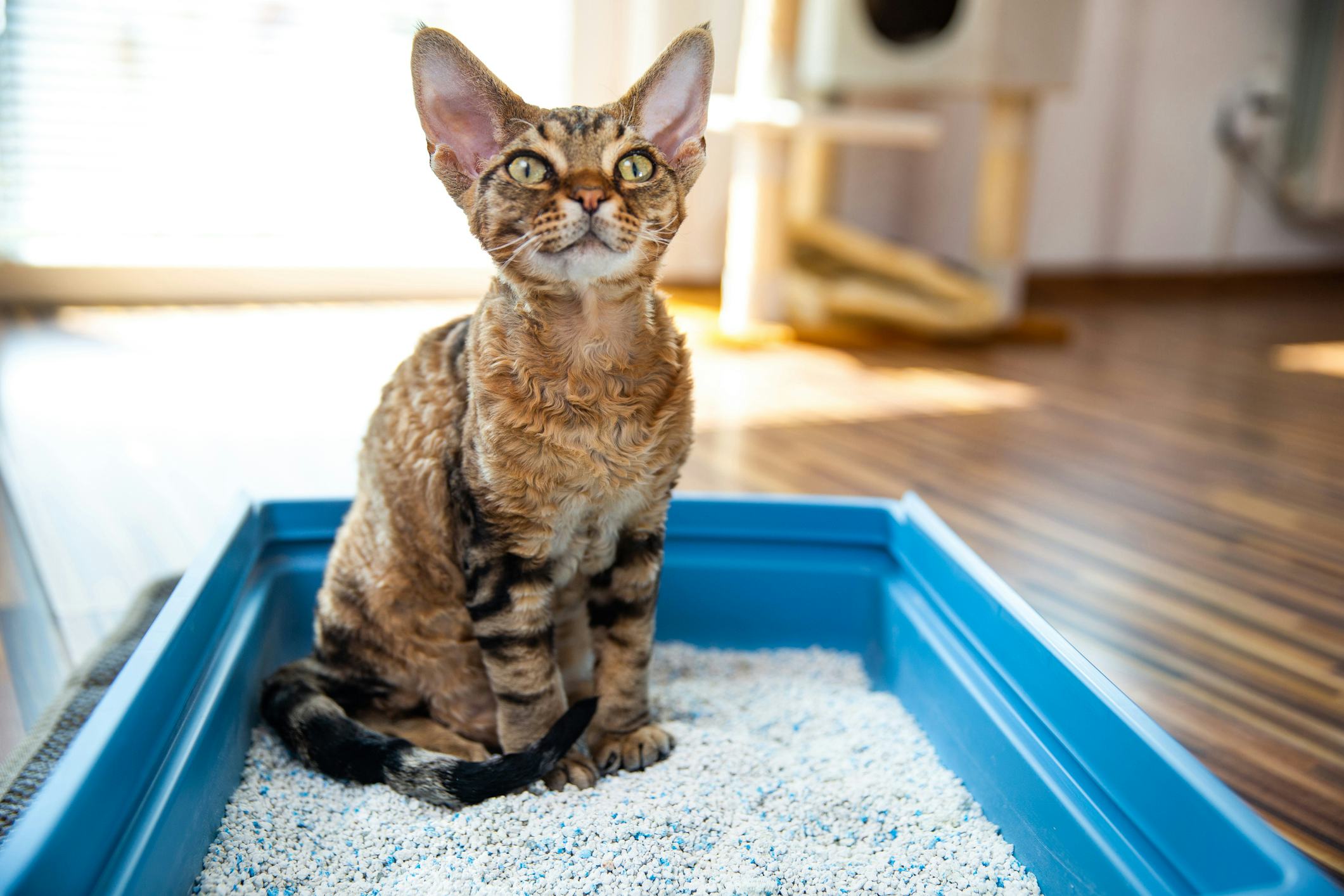Just how do you feel when it comes to Can You Flush Cat Poo or Litter Down the Toilet??

Introduction
As cat proprietors, it's important to be mindful of how we dispose of our feline close friends' waste. While it might seem hassle-free to purge cat poop down the commode, this method can have detrimental effects for both the atmosphere and human health and wellness.
Alternatives to Flushing
Thankfully, there are more secure and a lot more responsible means to get rid of cat poop. Think about the following choices:
1. Scoop and Dispose in Trash
The most usual technique of getting rid of pet cat poop is to scoop it into an eco-friendly bag and throw it in the garbage. Make sure to make use of a devoted clutter scoop and take care of the waste quickly.
2. Usage Biodegradable Litter
Select biodegradable feline clutter made from materials such as corn or wheat. These clutters are environmentally friendly and can be safely disposed of in the trash.
3. Hide in the Yard
If you have a yard, think about hiding feline waste in a marked area away from veggie yards and water sources. Make sure to dig deep adequate to prevent contamination of groundwater.
4. Mount a Pet Waste Disposal System
Purchase a pet garbage disposal system particularly developed for pet cat waste. These systems utilize enzymes to break down the waste, reducing smell and environmental effect.
Health Risks
Along with ecological issues, flushing pet cat waste can additionally position health threats to people. Cat feces might include Toxoplasma gondii, a bloodsucker that can create toxoplasmosis-- a potentially extreme disease, specifically for expecting women and people with weakened immune systems.
Ecological Impact
Purging feline poop presents damaging pathogens and bloodsuckers into the water system, posing a significant danger to marine environments. These contaminants can negatively influence marine life and compromise water top quality.
Conclusion
Accountable pet dog ownership prolongs beyond offering food and sanctuary-- it also involves appropriate waste monitoring. By refraining from flushing feline poop down the toilet and choosing alternative disposal techniques, we can lessen our environmental footprint and shield human health and wellness.
Why Can’t I Flush Cat Poop?
It Spreads a Parasite
Cats are frequently infected with a parasite called toxoplasma gondii. The parasite causes an infection called toxoplasmosis. It is usually harmless to cats. The parasite only uses cat poop as a host for its eggs. Otherwise, the cat’s immune system usually keeps the infection at low enough levels to maintain its own health. But it does not stop the develop of eggs. These eggs are tiny and surprisingly tough. They may survive for a year before they begin to grow. But that’s the problem.
Our wastewater system is not designed to deal with toxoplasmosis eggs. Instead, most eggs will flush from your toilet into sewers and wastewater management plants. After the sewage is treated for many other harmful things in it, it is typically released into local rivers, lakes, or oceans. Here, the toxoplasmosis eggs can find new hosts, including starfish, crabs, otters, and many other wildlife. For many, this is a significant risk to their health. Toxoplasmosis can also end up infecting water sources that are important for agriculture, which means our deer, pigs, and sheep can get infected too.
Is There Risk to Humans?
There can be a risk to human life from flushing cat poop down the toilet. If you do so, the parasites from your cat’s poop can end up in shellfish, game animals, or livestock. If this meat is then served raw or undercooked, the people who eat it can get sick.
In fact, according to the CDC, 40 million people in the United States are infected with toxoplasma gondii. They get it from exposure to infected seafood, or from some kind of cat poop contamination, like drinking from a stream that is contaminated or touching anything that has come into contact with cat poop. That includes just cleaning a cat litter box.
Most people who get infected with these parasites will not develop any symptoms. However, for pregnant women or for those with compromised immune systems, the parasite can cause severe health problems.
How to Handle Cat Poop
The best way to handle cat poop is actually to clean the box more often. The eggs that the parasite sheds will not become active until one to five days after the cat poops. That means that if you clean daily, you’re much less likely to come into direct contact with infectious eggs.
That said, always dispose of cat poop in the garbage and not down the toilet. Wash your hands before and after you clean the litter box, and bring the bag of poop right outside to your garbage bins.
https://trenchlesssolutionsusa.com/why-cant-i-flush-cat-poop/

Hopefully you liked our excerpt about Don’t flush cat feces down the toilet. Thank you for spending some time to browse our blog post. Sharing is nice. One never knows, you might be helping someone out. We thank you for reading our article about Don’t flush cat feces down the toilet.
Click Here
Comments on “The Consequences of Flushing Cat Poop Down Your Toilet - Protect Your Plumbing”